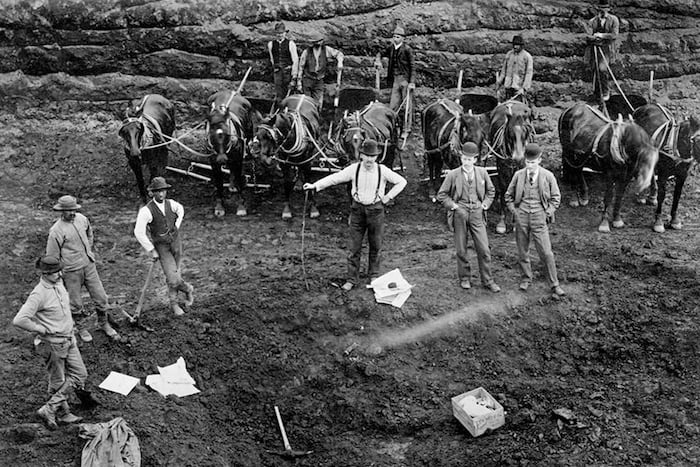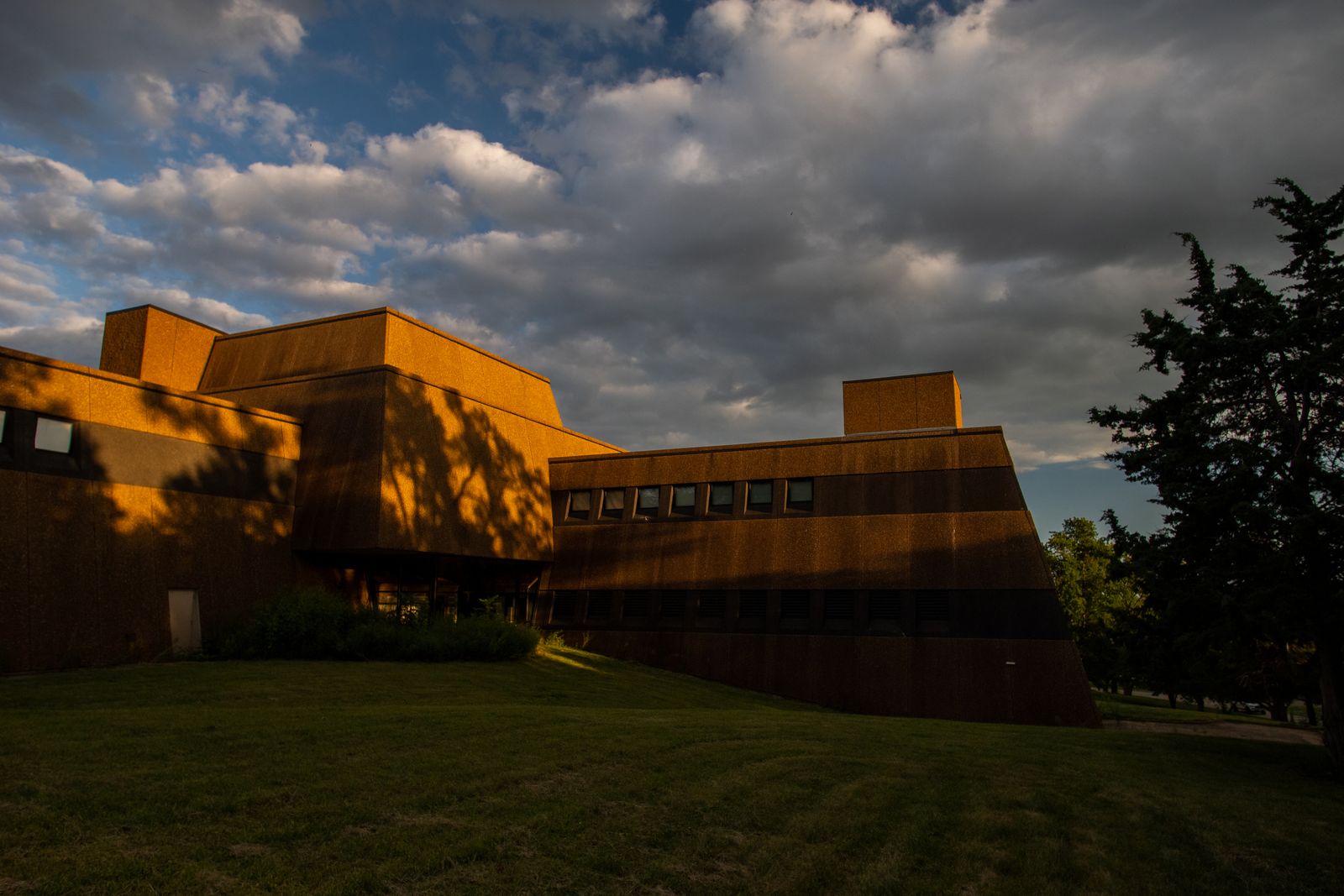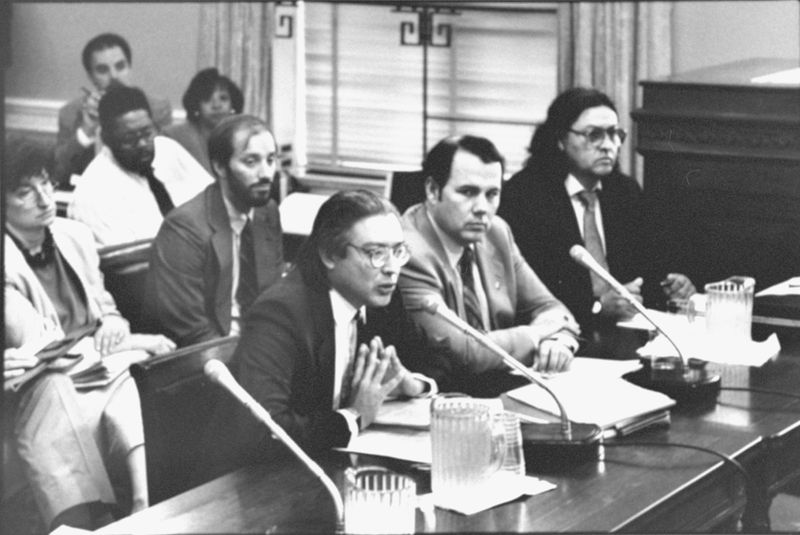Nevada
Institutions reported making 75% of the more than 800 Native American remains taken from Nevada available for return to tribes under NAGPRA.
There are nine institutions located in Nevada that reported Native American remains taken from across the country.
| Institution | Remains Not Made Available for Return | Remains Made Available for Return | % of Remains Made Available for Return |
|---|---|---|---|
| Nevada State Museum | 46 | 40 | 47% |
| University of Nevada, Reno | 11 | 2 | 15% |
| U.S. Department of Defense | 4 | 0 | 0% |
| U.S. Department of the Interior | 4 | 236 | 98% |
| Lost City Museum | 0 | 16 | 100% |
| Nevada Historical Society | 0 | 10 | 100% |
| U.S. Department of Agriculture | 0 | 5 | 100% |
| U.S. Department of Energy | 0 | 1 | 100% |
| University of Nevada, Las Vegas, Department of Anthropology | 0 | 113 | 100% |
There are 25 institutions that reported Native American remains taken from Nevada.
| Institution | Remains Not Made Available for Return | Remains Made Available for Return | % of Remains Made Available for Return |
|---|---|---|---|
| University of California, Berkeley | 135 | 10 | 7% |
| Nevada State Museum | 35 | 39 | 53% |
| American Museum of Natural History | 7 | 0 | 0% |
| Nassau County Department of Parks and Recreation | 5 | 0 | 0% |
| New York University, College of Dentistry | 4 | 1 | 20% |
| U.S. Department of Defense | 4 | 0 | 0% |
| U.S. Department of the Interior | 4 | 404 | 99% |
| Natural History Museum of Utah | 3 | 0 | 0% |
| California Department of Parks and Recreation | 2 | 0 | 0% |
| Klamath County Museum | 2 | 0 | 0% |
| California State University, Chico | 1 | 0 | 0% |
| Museum of Natural History and Planetarium | 1 | 0 | 0% |
| Autry Museum of the American West | 0 | 1 | 100% |
| California State University, Los Angeles | 0 | 2 | 100% |
| Harvard University | 0 | 10 | 100% |
| Lost City Museum | 0 | 16 | 100% |
| Museum of Us | 0 | 2 | 100% |
| Nevada Historical Society | 0 | 10 | 100% |
| U.S. Department of Agriculture | 0 | 5 | 100% |
| U.S. Department of Energy | 0 | 1 | 100% |
| University of California, Riverside | 0 | 1 | 100% |
| University of Denver, Museum of Anthropology | 0 | 2 | 100% |
| University of Nevada, Las Vegas, Department of Anthropology | 0 | 95 | 100% |
| University of Nevada, Reno | 0 | 2 | 100% |
| University of Oregon Museum of Natural and Cultural History | 0 | 1 | 100% |
Institutions made Native American remains taken from Nevada available for return to 63 tribes.
| Tribe | Remains Made Available for Return to Tribe |
|---|---|
| Pyramid Lake Paiute Tribe of the Pyramid Lake Reservation, Nevada | 288 |
| Paiute-Shoshone Tribe of the Fallon Reservation and Colony, Nevada | 251 |
| Paiute Indian Tribe of Utah | 104 |
| Fort McDermitt Paiute and Shoshone Tribes of the Fort McDermitt Indian Reservation, Nevada and Oregon | 99 |
| Moapa Band of Paiute Indians of the Moapa River Indian Reservation, Nevada | 97 |
| Las Vegas Tribe of Paiute Indians of the Las Vegas Indian Colony, Nevada | 94 |
| Reno-Sparks Indian Colony, Nevada | 86 |
| Te-Moak Tribe of Western Shoshone Indians of Nevada | 81 |
| Kaibab Band of Paiute Indians of the Kaibab Indian Reservation, Arizona | 80 |
| Yerington Paiute Tribe of the Yerington Colony and Campbell Ranch, Nevada | 80 |
| Duckwater Shoshone Tribe of the Duckwater Reservation, Nevada | 78 |
| Washoe Tribe of Nevada & California | 76 |
| Fort Independence Indian Community of Paiute Indians of the Fort Independence Reservation, California | 73 |
| Yomba Shoshone Tribe of the Yomba Reservation, Nevada | 71 |
| Ely Shoshone Tribe of Nevada | 66 |
| Walker River Paiute Tribe of the Walker River Reservation, Nevada | 65 |
| Shoshone-Paiute Tribes of the Duck Valley Reservation, Nevada | 60 |
| Confederated Tribes of the Goshute Reservation, Nevada and Utah | 54 |
| Shoshone-Bannock Tribes of the Fort Hall Reservation | 52 |
| Lovelock Paiute Tribe of the Lovelock Indian Colony, Nevada | 51 |
| Confederated Tribes of the Warm Springs Reservation of Oregon | 49 |
| Bishop Paiute Tribe | 47 |
| Eastern Shoshone Tribe of the Wind River Reservation, Wyoming | 47 |
| Winnemucca Indian Colony of Nevada | 45 |
| Timbisha Shoshone Tribe | 40 |
| Big Pine Paiute Tribe of the Owens Valley | 39 |
| Colorado River Indian Tribes of the Colorado River Indian Reservation, Arizona and California | 38 |
| Fort Mojave Indian Tribe of Arizona, California and Nevada | 37 |
| San Juan Southern Paiute Tribe of Arizona | 37 |
| Skull Valley Band of Goshute Indians of Utah | 37 |
| Summit Lake Paiute Tribe of Nevada | 37 |
| Northwestern Band of Shoshoni Nation | 36 |
| Lone Pine Paiute-Shoshone Tribe | 33 |
| Bridgeport Indian Colony | 24 |
| Burns Paiute Tribe | 21 |
| Hopi Tribe of Arizona | 21 |
| Susanville Indian Rancheria, California | 21 |
| Cedarville Rancheria, California | 20 |
| Utu Utu Gwaitu Paiute Tribe of the Benton Paiute Reservation, California | 20 |
| Alturas Indian Rancheria, California | 15 |
| Chemehuevi Indian Tribe of the Chemehuevi Reservation, California | 15 |
| Hualapai Indian Tribe of the Hualapai Indian Reservation, Arizona | 13 |
| Fort Bidwell Indian Community of the Fort Bidwell Reservation of California | 9 |
| Buena Vista Rancheria of Me-Wuk Indians of California | 7 |
| Klamath Tribes | 7 |
| Lineal Descendant | 6 |
| Navajo Nation, Arizona, New Mexico and Utah | 3 |
| Inter-Tribal Council of Nevada | 2 |
| Ute Indian Tribe of the Uintah and Ouray Reservation, Utah | 2 |
| Ute Mountain Ute Tribe | 2 |
| Ak-Chin Indian Community | 1 |
| Big Sandy Rancheria of Western Mono Indians of California | 1 |
| Cold Springs Rancheria of Mono Indians of California | 1 |
| Cow Creek Band of Umpqua Tribe of Indians | 1 |
| Gila River Indian Community of the Gila River Indian Reservation, Arizona | 1 |
| Havasupai Tribe of the Havasupai Reservation, Arizona | 1 |
| Northern Arapaho Tribe of the Wind River Reservation, Wyoming | 1 |
| Northfork Rancheria of Mono Indians of California | 1 |
| Oneida Nation of Wisconsin | 1 |
| Quechan Tribe of the Fort Yuma Indian Reservation, California and Arizona | 1 |
| Salt River Pima-Maricopa Indian Community of the Salt River Reservation, Arizona | 1 |
| Yavapai-Prescott Indian Tribe | 1 |
| Zuni Tribe of the Zuni Reservation, New Mexico | 1 |
Institutions reported Native American remains taken from 14 counties in Nevada.
| County | Remains Taken From County Not Made Available for Return | Remains Made Available for Return | % of Remains Made Available for Return |
|---|---|---|---|
| Churchill County | 119 | 168 | 59% |
| Pershing County | 20 | 9 | 31% |
| Humboldt County | 18 | 10 | 36% |
| Washoe County | 14 | 240 | 94% |
| Clark County | 12 | 52 | 81% |
| White Pine County | 3 | 39 | 93% |
| Lander County | 1 | 1 | 50% |
| Lyon County | 1 | 9 | 90% |
| Douglas County | 0 | 17 | 100% |
| Elko County | 0 | 6 | 100% |
| Lincoln County | 0 | 6 | 100% |
| Mineral County | 0 | 2 | 100% |
| Nye County | 0 | 18 | 100% |
| Carson City | 0 | 10 | 100% |
Know how an institution is handling repatriation? Have a personal story to share? We'd like to hear from you.
Watch an informational webinar with our reporters.
This tool presents a dataset maintained by the National Park Service containing all the Native American human remains and associated funerary objects that institutions have reported to the federal government under the Native American Graves Protection and Repatriation Act. The dataset includes information about the state and county where remains and objects were taken from, which institutions hold them and whether they have been made available for return to tribes.
The data is self-reported by institutions. The amount of unrepatriated Native American remains reported by institutions is a minimum estimate of individuals and institutions frequently adjust these numbers when they reinventory groups of remains. Some institutions that are subject to NAGPRA have also entirely failed to report the remains in their possession. As a result, the numbers provided are best taken as estimates. The actual number and geographic scope of what’s held by publicly funded institutions is larger than what is presently documented.
ProPublica supplemented this dataset with information about cultural affiliation and disposition to specific tribes by systematically parsing the text of Notices of Inventory Completion published in the Federal Register. An additional dataset from the Department of Housing and Urban Development, the Tribal Directory Assessment Tool, was used for the section on remains not made available for return from counties that each tribe has indicated interest in to the federal government.
Institution location and tribal headquarters location information was provided by National NAGPRA. The location of some groups that are not federally recognized was provided through research by ProPublica.
Institutions that are part of a larger entity are grouped. (For example, the Mesa Verde National Park is part of the U.S. Department of the Interior.)
Institutions that have not submitted information to the federal government are not listed. The Smithsonian Institution is not listed because its repatriation process falls under the National Museum of the American Indian Act and it is not required to publicly report its holdings with the same detail as institutions subject to NAGPRA.
If you work for an institution and would like to provide comment on your institution’s repatriation efforts, please email [email protected]. If you think the data is incorrect or have a data request, please get in touch. We are aware of some issues with the accuracy of location information and tribes mistakenly being identified for disposition of Native American remains in published notices.
If you want to share something else with ProPublica, we’d like to hear from you.
If you have questions about implementing or complying with the Native American Graves Protection and Repatriation Act, get in touch with National NAGPRA or the NAGPRA Community of Practice.
We use the word “tribes” to refer to all groups that institutions made Native American remains available to under NAGPRA. This includes tribes, nations, bands, pueblos, communities, Native Alaskan villages, Native Hawaiian organizations and non-federally recognized groups.
Data sources from Department of the Interior, National Park Service, National NAGPRA Program, the Federal Register, Department of Housing and Development, Tribal Directory Assessment Tool


